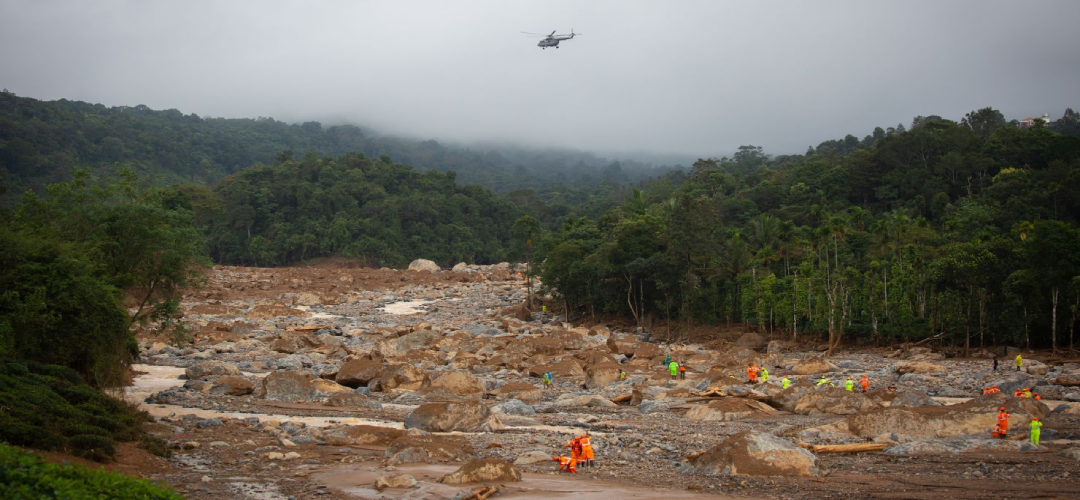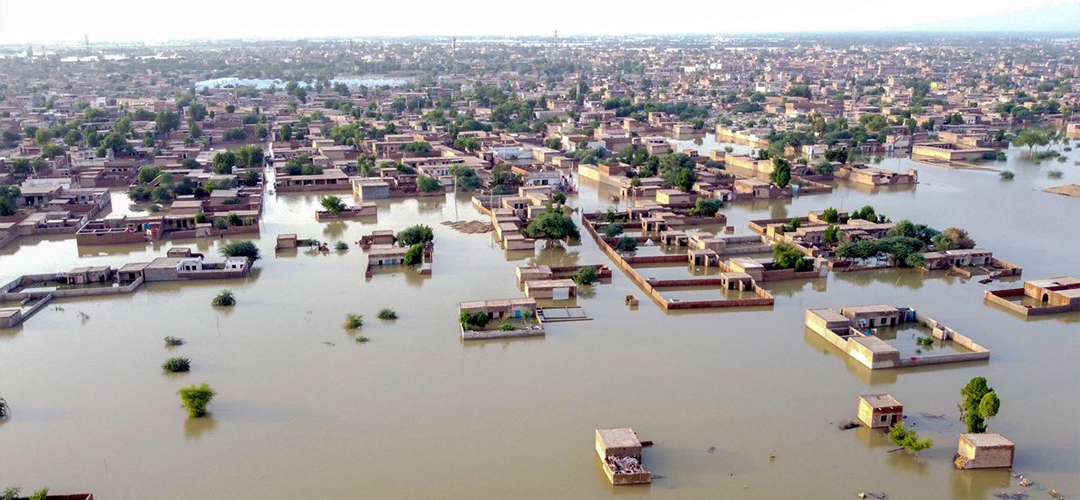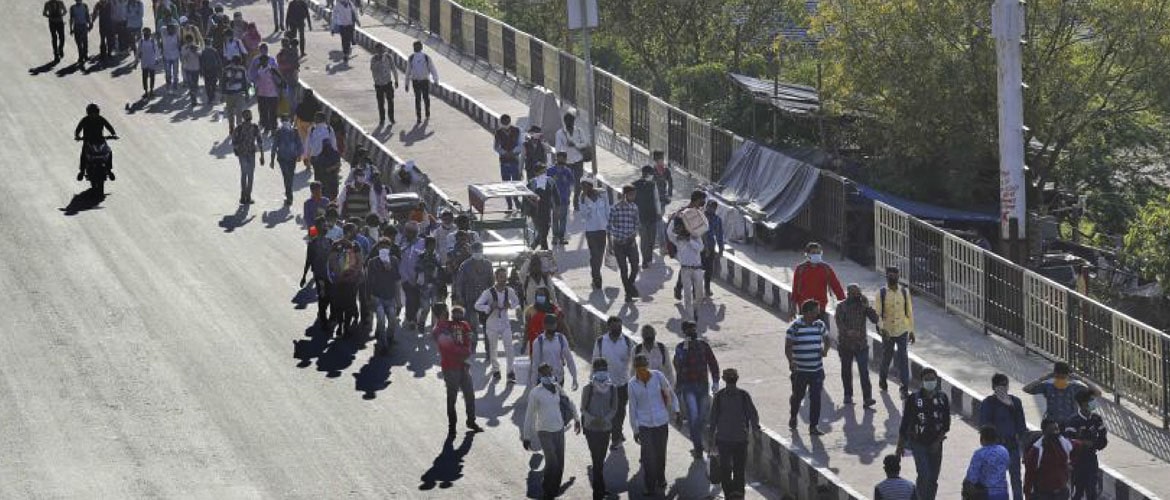Nature has cruelly vindicated all that was warned in the 2011 Gadgil Report.
On the night of July 30th, as heavy rains lashed the picturesque Wayanad belt of Kerala and people slept peacefully in their homes, nature unleashed its most violent incarnation. Following heavy monsoon rains, the entire hillside melted into a landslide of unprecedented scale, obliterating from the face of the earth six villages. The catastrophic event resulted in the deaths of 392 people, with 273 injured and 180 still missing. The landslides wiped out homes, roads, and farmlands, leaving thousands of residents displaced and entire communities in ruins.
The immediate response involved large-scale rescue operations led by state and national disaster relief teams alongside the Indian Army, Navy, and Air Force. The government announced relief packages for rebuilding efforts, focusing on restoring infrastructure and providing long-term support for the displaced families.
But should we be surprised at this destruction? Was it entirely natural, or was there a human hand in it?
Background
The Western Ghats, also known as the Sahyadri mountain range, is a UNESCO World Heritage Site and one of the world’s eight “hottest hotspots” of biological diversity. This extensive range of mountains covers an area of approximately 160,000 square kilometres and stretches for about 1,600 kilometres parallel to the western coast of India.
The importance of the Western Ghats lies in its biodiversity and its role in influencing the Indian monsoon weather patterns. The forests of the Western Ghats are critical for the survival of several river systems that provide water to millions of people in the surrounding regions. However, this ecologically sensitive area faces numerous threats from human activities, including deforestation, mining, and unsustainable agricultural practices.
Landslides, a common natural disaster, occur frequently in the Western Ghats due to its steep terrain, heavy rainfall, and geological conditions. These events are typically triggered by heavy monsoon rains that saturate the soil, causing it to lose cohesion and slide downhill. The frequency of landslides in this region has been increasing due to both natural and anthropogenic factors.
The Western Ghats Ecology Expert Panel (WGEEP), also known as the Gadgil Commission after its chairman Madhav Gadgil, was submitted to the government in 2011 and faced criticism for being “ excessively environment-friendly and not in tune with the ground realities.” The report highlights that between 1990 and 2010, there were over 1,000 recorded landslides in the region, leading to substantial loss of life and property. For instance, the Wayanad district alone witnessed a series of devastating landslides in recent years, exacerbated by deforestation and unplanned infrastructure development. The Gadgil Report highlights that extensive construction activities lead to steep cuts on slopes and destabilisation of soil, which are primary factors contributing to landslides. For instance, creating roads and highways involves removing vegetation, which holds the soil together. When the monsoon rains arrive, the exposed soil is easily washed away, leading to landslides. This applies equally to the network of highways being cut across the Himalayas in the hill states of Himachal Pradesh and Uttarakhand.

Analysis
Studying landslides helps understand the underlying causes, assess the risks, and implement effective mitigation measures. Furthermore, it plays a vital role in environmental conservation, ensuring human settlements’ safety and maintaining this biodiverse hotspot’s ecological balance. Addressing these issues is essential for sustainable development and reducing the local population’s vulnerability to natural disasters.
Infrastructure development in the Western Ghats, particularly in Wayanad, has significantly increased over the past few decades. The construction of resorts, roads, and highways has expanded to accommodate growing tourism and urbanisation. However, these developments have contributed to destabilising the region’s fragile ecosystem.
The construction processes often involve significant alterations to the natural landscape, including levelling hills and redirecting natural water flow. Such activities disturb the soil structure and reduce its stability, making the region more susceptible to landslides.
The recent Wayanad landslide can be directly linked to these infrastructure developments. Unregulated construction on steep slopes without proper soil conservation measures led to the loosening of the soil, which, combined with heavy rains, triggered the landslide.
Mining activities in the Western Ghats, particularly near Wayanad, involve the extraction of various minerals such as iron ore, bauxite, and manganese. The Gadgil Report emphasises that mining operations exacerbate the likelihood of landslides. Removing vegetation for mining exposes soil, making it susceptible to erosion. Moreover, creating mining pits allows for water infiltration, which weakens the structural integrity of the slopes.
Traditional agricultural practices in the Western Ghats were diverse and sustainable, maintaining soil structure and stability. However, the shift to modern agricultural practices has led to the introduction of monoculture plantations, such as tea, coffee, and rubber. The Gadgil Report highlights that monoculture plantations lead to declining soil quality and biodiversity. The roots of monoculture crops are often shallow and less effective in binding the soil, making the land more susceptible to landslides, particularly during heavy rains.
Furthermore, the widespread use of chemical fertilizers and pes fertilisers degraded soil health, reducing natural resilience. The chemicals disrupt the soil’s natural composition, leading to further destabilisation during rainfall.
Assessment
- Sustainable development practices are essential to mitigate these impacts and prevent future landslides. Improved environmental governance and community involvement are crucial for effective conservation efforts.
- Without further delay, the recommendations of the Gadgil Report must be implemented, especially in its core findings. The recent tragedy underscores the need for reverting to more sustainable agricultural practices to protect the fragile ecosystem of the Western Ghats and strict regulation of mining and construction activities in this fragile region.
- While substantial external investment has flowed into this region due to its attractiveness as a tourist destination, the primary stakeholders are the villagers living there for centuries. By adopting sustainable practices and engaging local communities, we can protect the Western Ghats’ biodiversity and ensure the safety of human settlements. Preventing future landslides requires a holistic approach that balances development with ecological preservation.




